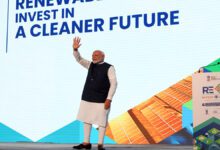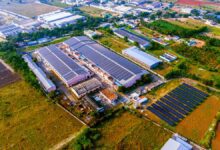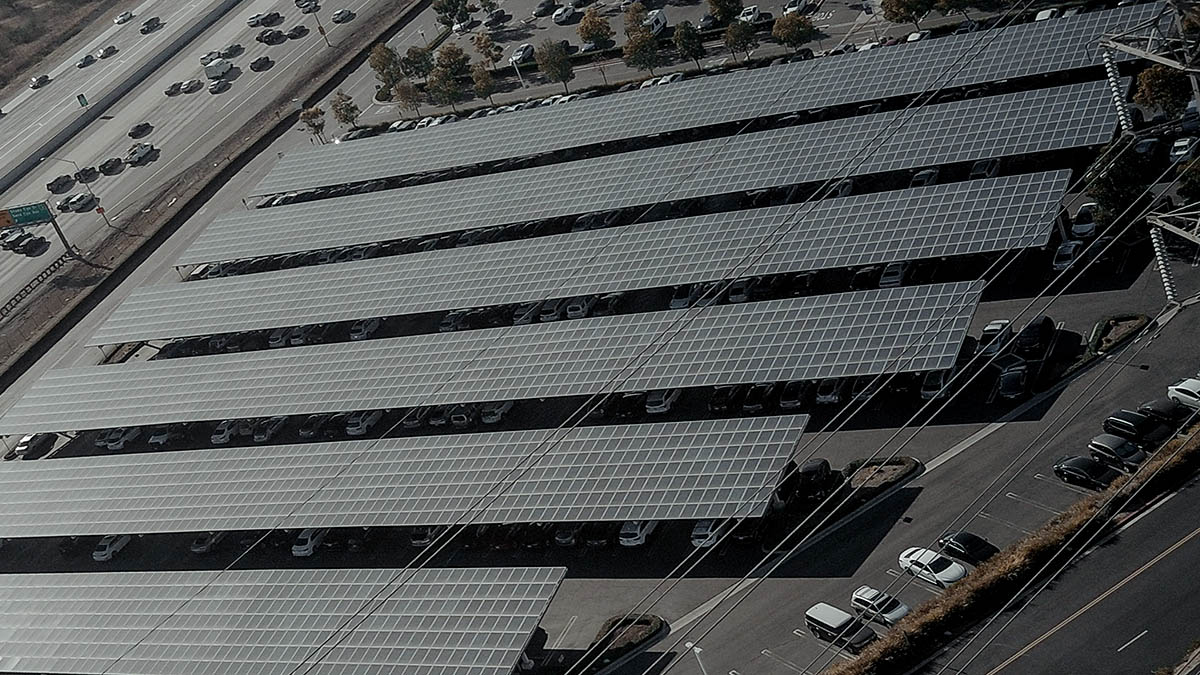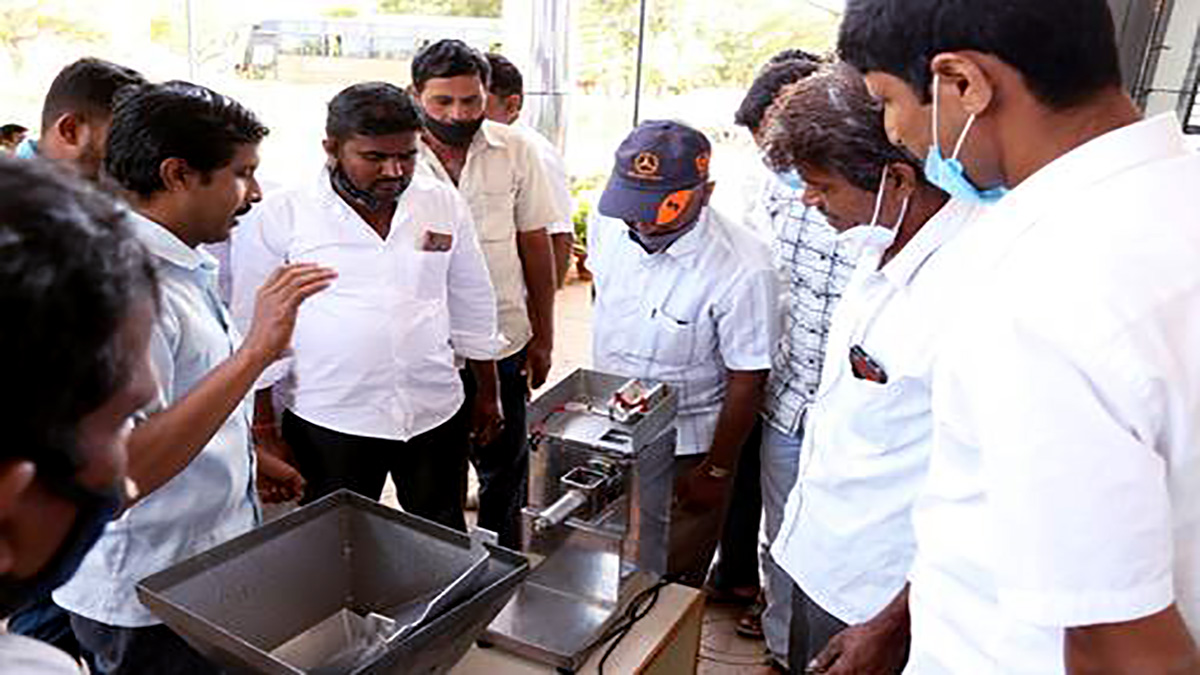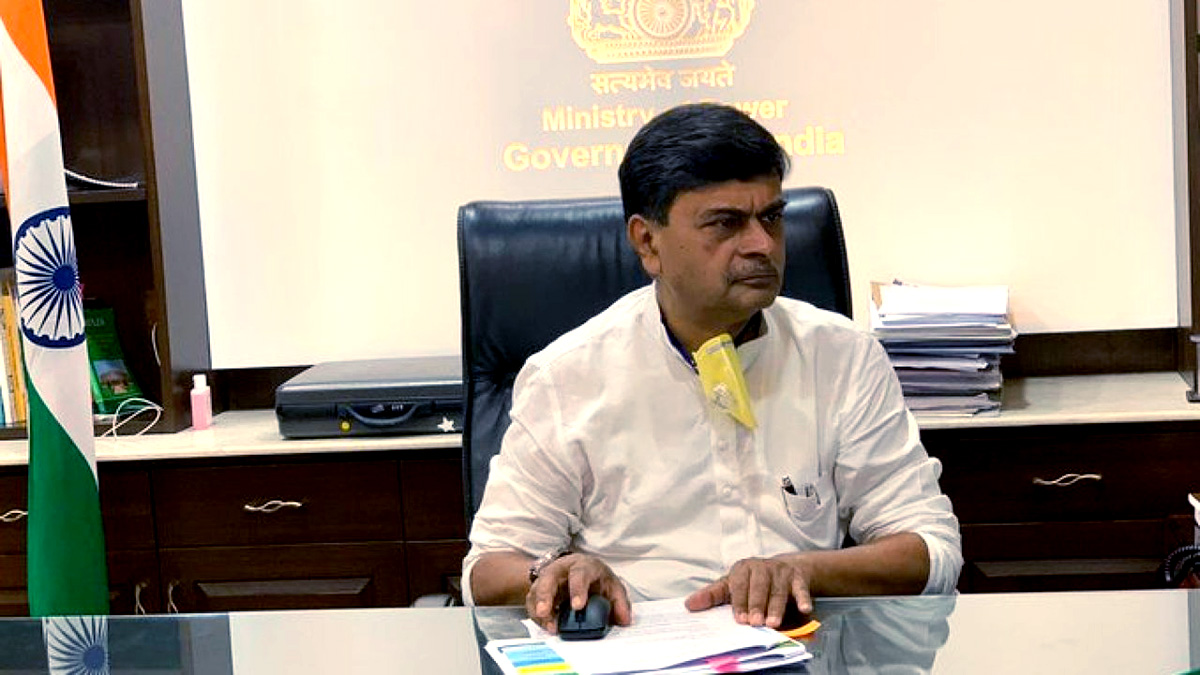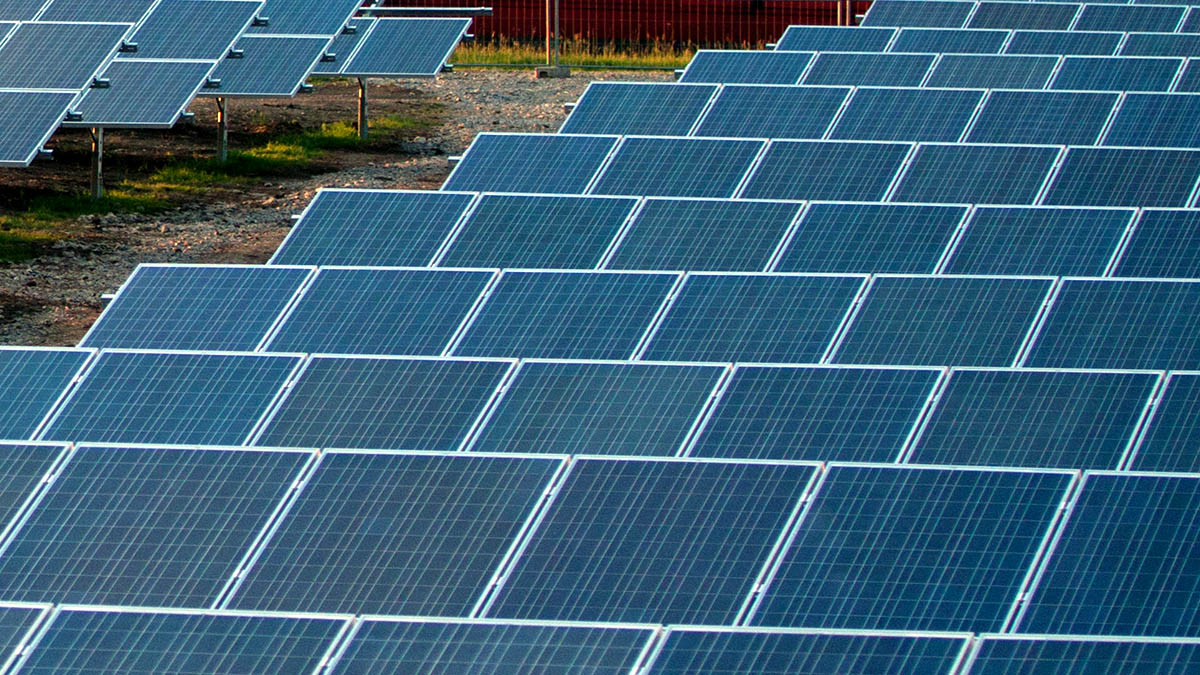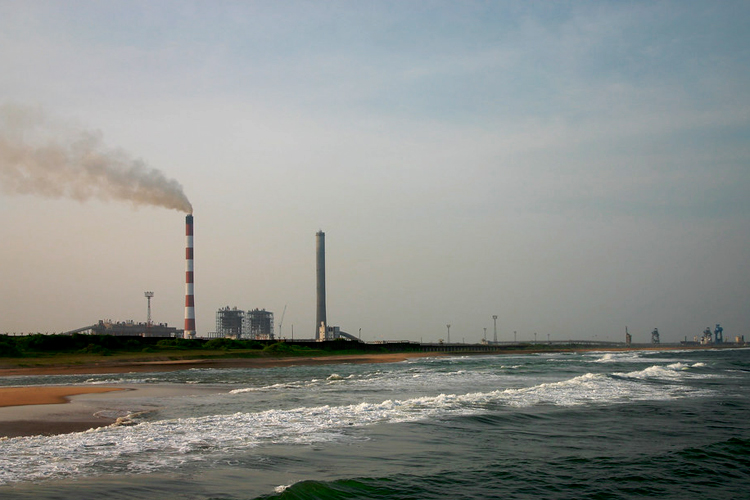The Union Minister for Power and New & Renewable Energy announced that India has made significant strides in its transition to sustainable energy sources. During the year 2022-23, more than one-fourth of the country’s total electricity production came from non-fossil fuel-based energy resources, surpassing expectations and laying the foundation for a greener future.
According to official data, the share of non-fossil fuel in India’s total electricity production during the fiscal year 2022-23 was recorded at an impressive 25.44%. Furthermore, the progress has continued in the current year (up to May 2023), with the share of non-fossil fuel reaching 22.45%.
The National Electricity Plan (Generation Volume I) Gazette, notified in May 2023, outlines an ambitious roadmap for India’s renewable energy sector. It projects that the share of non-fossil fuel-based capacity is expected to increase to 57.4% by the end of 2026-27, and further grow to an impressive 68.4% by the end of 2031-32. The plan also highlights that non-fossil fuel-based gross generation is likely to constitute 39% of the total electricity generation in 2026-27 and reach 49% by 2031-32.
These commendable achievements align closely with India’s commitment to global climate goals. As part of its updated Nationally Determined Contribution (NDC) submitted to the United Nations Framework Convention for Climate Change (UNFCCC), India has pledged to achieve approximately 50% cumulative electric power installed capacity from non-fossil fuel-based energy resources by 2030.
Moreover, in line with the visionary announcement made by Prime Minister Narendra Modi at COP26, the Ministry of New and Renewable Energy is diligently working towards the target of achieving 500 GW of installed electricity capacity from non-fossil sources by 2030. As of June 30, 2023, India has already installed a remarkable 176.49 GW of renewable energy capacity, with an additional 88.81 GW under implementation and 51.43 GW under tendering.
The Government of India has taken numerous measures to promote renewable energy adoption across the nation. Some of the key initiatives include permitting Foreign Direct Investment (FDI) up to 100% under the automatic route, waiving Inter State Transmission System (ISTS) charges for inter-state sale of solar and wind power until June 2025, and declaring a trajectory for Renewable Purchase Obligation (RPO) until 2029-30.
To facilitate large-scale installations of renewable energy projects, the government has set up Ultra Mega Renewable Energy Parks, providing land and transmission infrastructure to developers. Additionally, various schemes like Pradhan Mantri Kisan Urja Suraksha evam Utthaan Mahabhiyan (PM-KUSUM), Solar Rooftop Phase II, and 12000 MW CPSU Scheme Phase II have been launched to incentivize renewable energy adoption.
In terms of policy, the government has implemented standards for the deployment of solar photovoltaic systems and devices, issued guidelines for tariff-based competitive bidding for procurement of power from grid-connected solar PV and wind projects, and ensured timely payments to renewable energy generators through power dispatch against Letter of Credit (LC) or advance payments.
Notably, the recent notifications of the Green Energy Open Access Rules 2022 and “The Electricity (Late Payment Surcharge and related matters) Rules (LPS rules)” have further strengthened the regulatory framework for promoting renewable energy.
In line with India’s commitment to become a global hub for green hydrogen production and utilization, the National Green Hydrogen Mission was launched to drive advancements in green hydrogen technology and foster its export.




